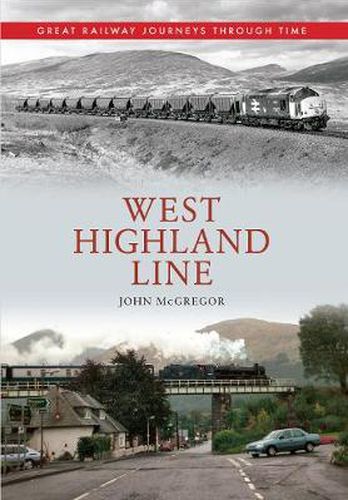Readings Newsletter
Become a Readings Member to make your shopping experience even easier.
Sign in or sign up for free!
You’re not far away from qualifying for FREE standard shipping within Australia
You’ve qualified for FREE standard shipping within Australia
The cart is loading…






Twice voted the top railway journey in the world, the West Highland route to Mallaig (like the Dingwall & Skye and the Callander & Oban) accessed the remote and mountainous west coast of Scotland. The original West Highland line, described here, links Glasgow and Fort William. In the late nineteenth century, with their nearest railheads many miles away, the inhabitants of Fort William sought their own railway, approved in 1889. It was opened all at once in 1894. From the north shore of the Firth of Clyde, the line passes the Gareloch, Loch Long and Loch Lomond, before crossing desolate but beautiful Rannoch Moor. From Corrour, Britain’s highest and most inaccessible railway station, it descends through Glen Spean towards Fort William. In this book, Dr John McGregor uses a wonderful collection of photographs to bring the history of the line to life.
$9.00 standard shipping within Australia
FREE standard shipping within Australia for orders over $100.00
Express & International shipping calculated at checkout
Twice voted the top railway journey in the world, the West Highland route to Mallaig (like the Dingwall & Skye and the Callander & Oban) accessed the remote and mountainous west coast of Scotland. The original West Highland line, described here, links Glasgow and Fort William. In the late nineteenth century, with their nearest railheads many miles away, the inhabitants of Fort William sought their own railway, approved in 1889. It was opened all at once in 1894. From the north shore of the Firth of Clyde, the line passes the Gareloch, Loch Long and Loch Lomond, before crossing desolate but beautiful Rannoch Moor. From Corrour, Britain’s highest and most inaccessible railway station, it descends through Glen Spean towards Fort William. In this book, Dr John McGregor uses a wonderful collection of photographs to bring the history of the line to life.